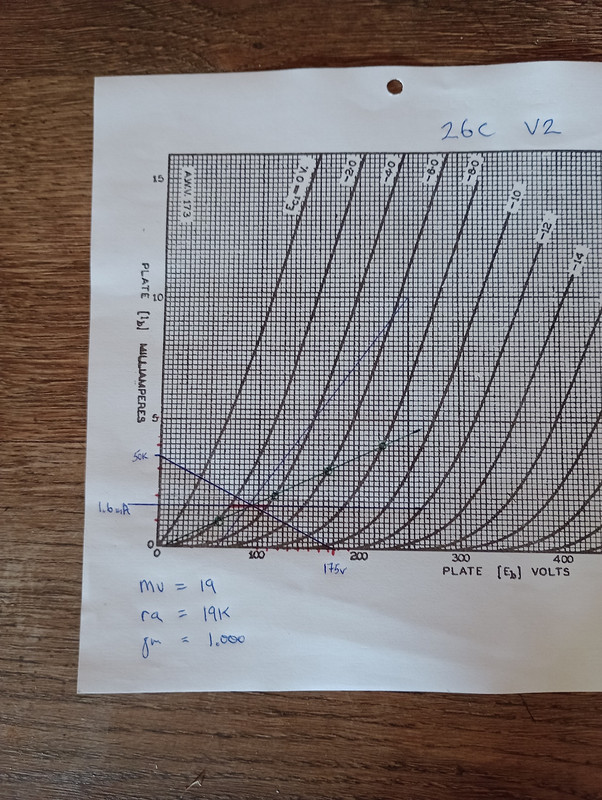Many years back, we made a Groupdiy 26C as a fundraiser and I have always been fascinated by its unique design. I will attempt to find out its secrets and explore the possibility of improvements to this unique pre-war design. This is the schematic:-

We also have the manual for info, attached. It cost $10 when the average wage was only $23/week !
I have also attached the sales literature which gives a fuller explanation of how it works.
best
DaveP

We also have the manual for info, attached. It cost $10 when the average wage was only $23/week !
I have also attached the sales literature which gives a fuller explanation of how it works.
best
DaveP





